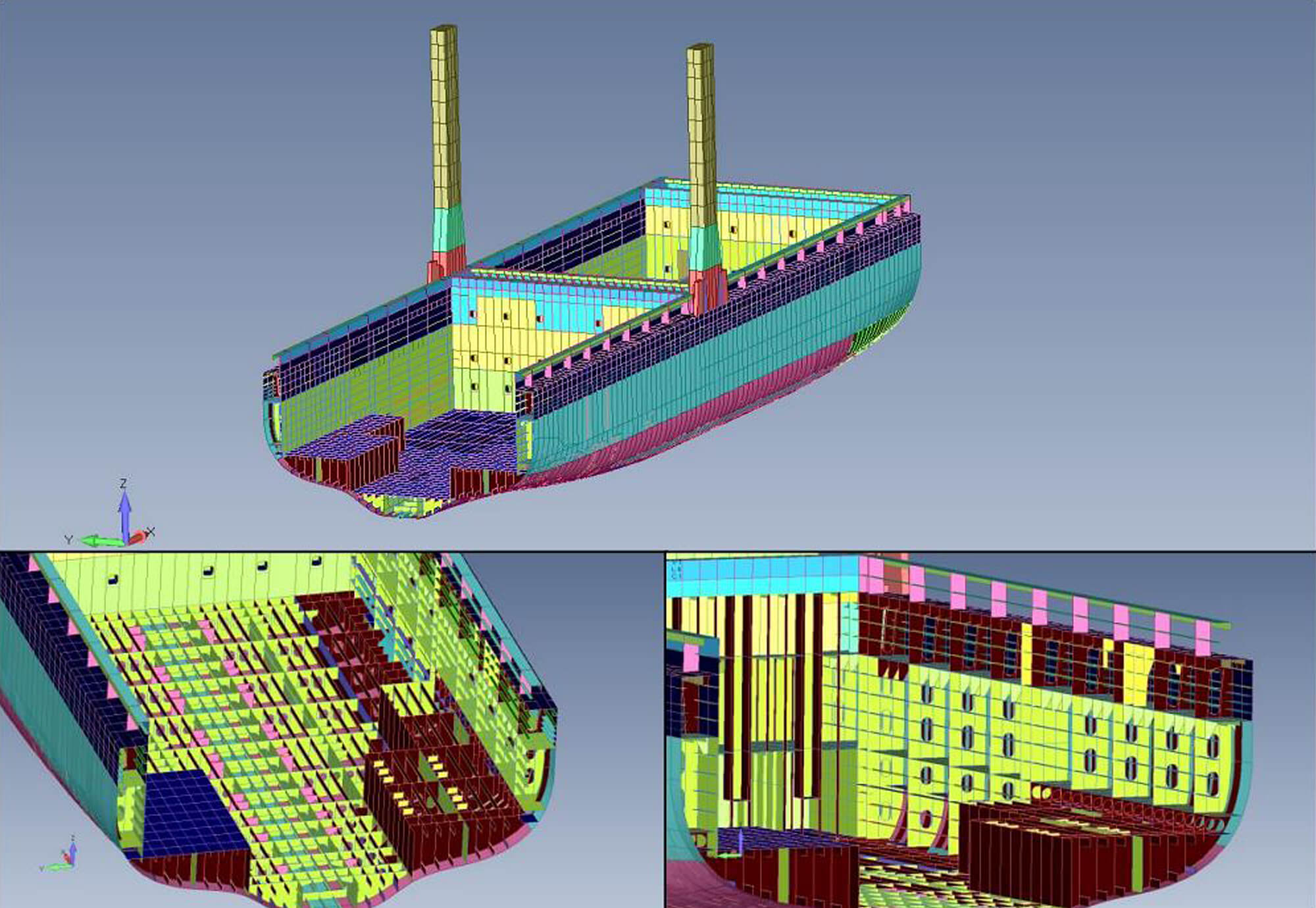Tadek naval architects model the hydrostatics and hydrodynamics of floating systems within operational and extreme environmental conditions. Analytical rigour and excellence are driving ambitions.
Our Expertise
Naval Architecture requires academic excellence, a dynamic, creative attitude, and a practical mindset. The team of naval architects are a mix of first-class honours or PhD level engineers, and/or have spent time at sea and appreciate the functional requirements of analytical deliverables.
Naval Analysis requires a commercial and project mindset. Collaboration with Tadek project engineers develops operational solutions and procurement options. This enables clients to have a more immediate and complete picture of the resulting costs and risks of options to aid project decision making.
Hydrodynamics
Floating system behaviour and fluid structure interaction excellence within industry leading software.
Mooring Analysis
Temporary and permanent offshore mooring analysis from FPSOs to WECs.
Stability Analysis
Intact and damaged stability assessments to class rules of new designs and existing vessels.
Structural Analysis – Local
New equipment integrations, deck strengthening and project specific modifications.
Structural Analysis – Global
Global hull structural analyses following direct FEA as well as simplified methods.
Hydrodynamics
Advanced and robust modelling of floating body dynamics governs all mooring, heavy lift, cable lay or SURF installation analysis. Tadek often perform dual modelling in two to three softwares, as well as backing up results with empirical evidence wherever possible. We have five Orcawave/Orcaflex licenses, a permanent MOSES licence, and temporary AQWA, WAMIT and Hydrostar licenses for correlation.
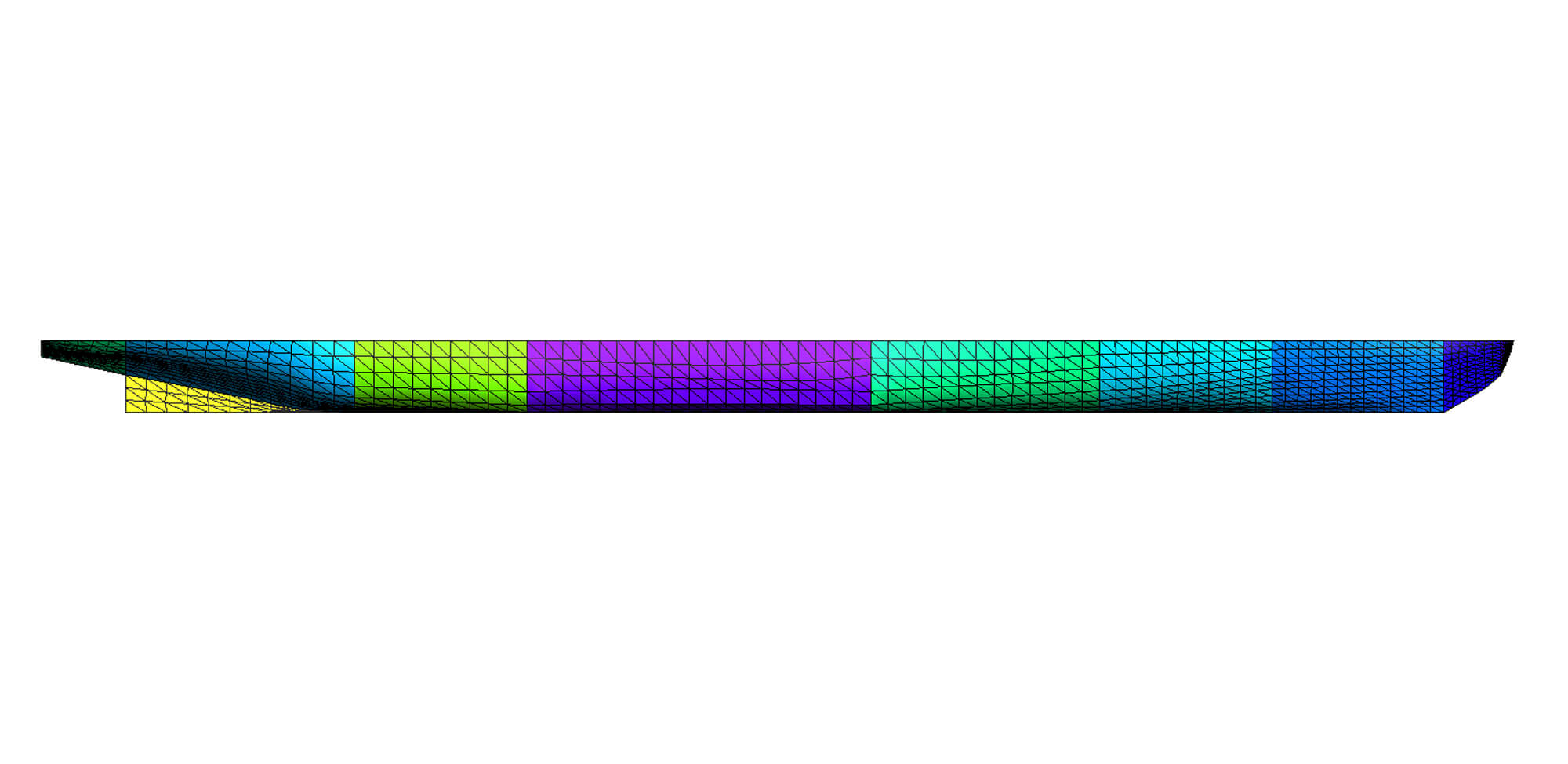
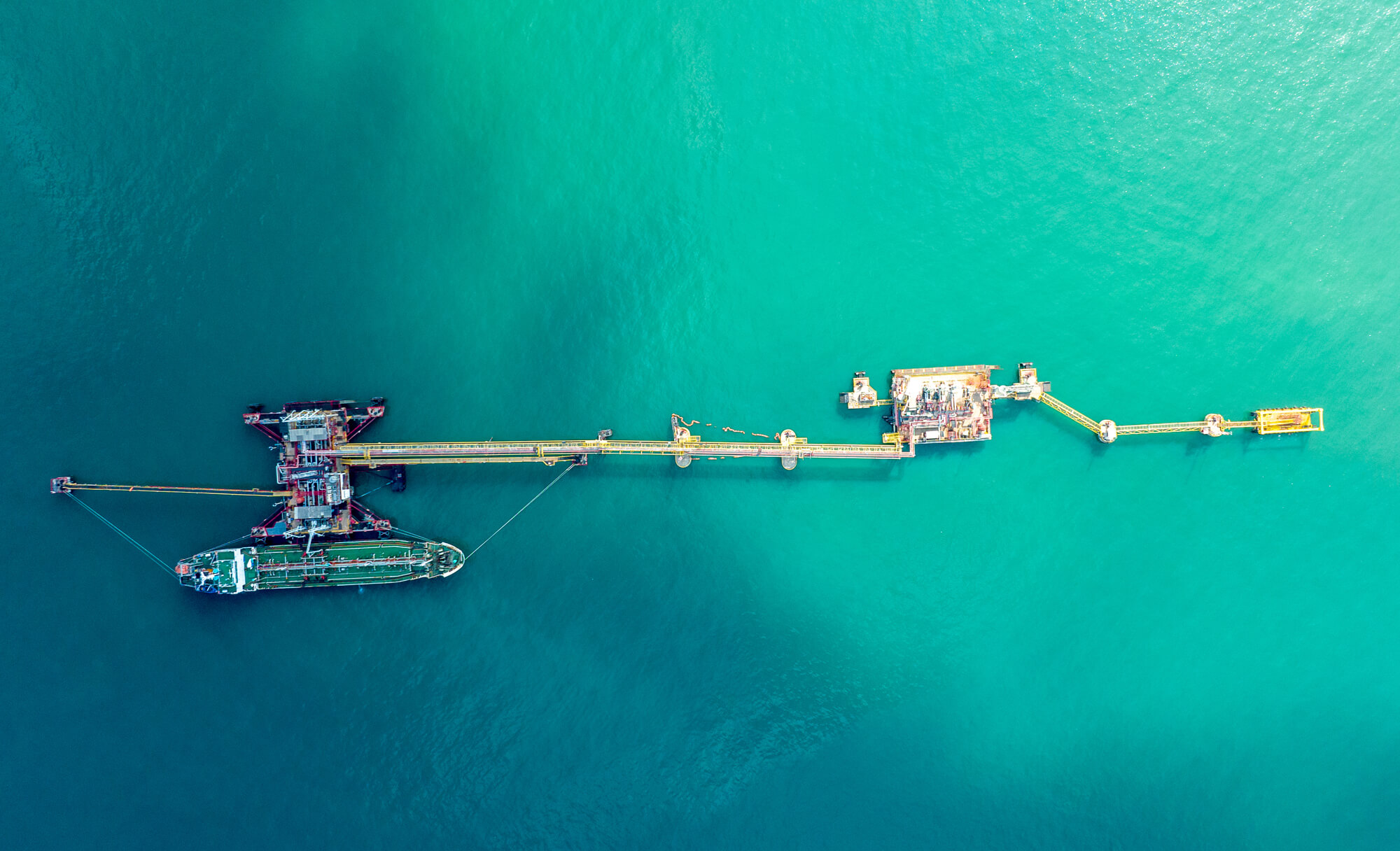
Mooring Analysis
Mooring analysis is a core strength. Temporary and permanent mooring systems for FPSOs, wave energy devices, pipelay vessels, FOWTs, and installation barges have been assessed by the team. 1st and 2nd order force modelling and viscous affects are developed, tested and optimised. Wind and current coefficients are developed according to codes like OCIMF, API and DNV, correlated with empirical data and CFD.
Stability Analysis
We carry out stability assessments of new and existing floating plant and develop trim & stability booklets and other formal documents for class approval. We have conducted assessments of a range of floating bodies, from traditional sailing vessels, to FOWT TLPs, to pipelay assets to small-manned buoys. Every type of assessment from simple hydrostatic compliance to hydrodynamic analysis & probabilistic damage assessments, to inclining experiments.
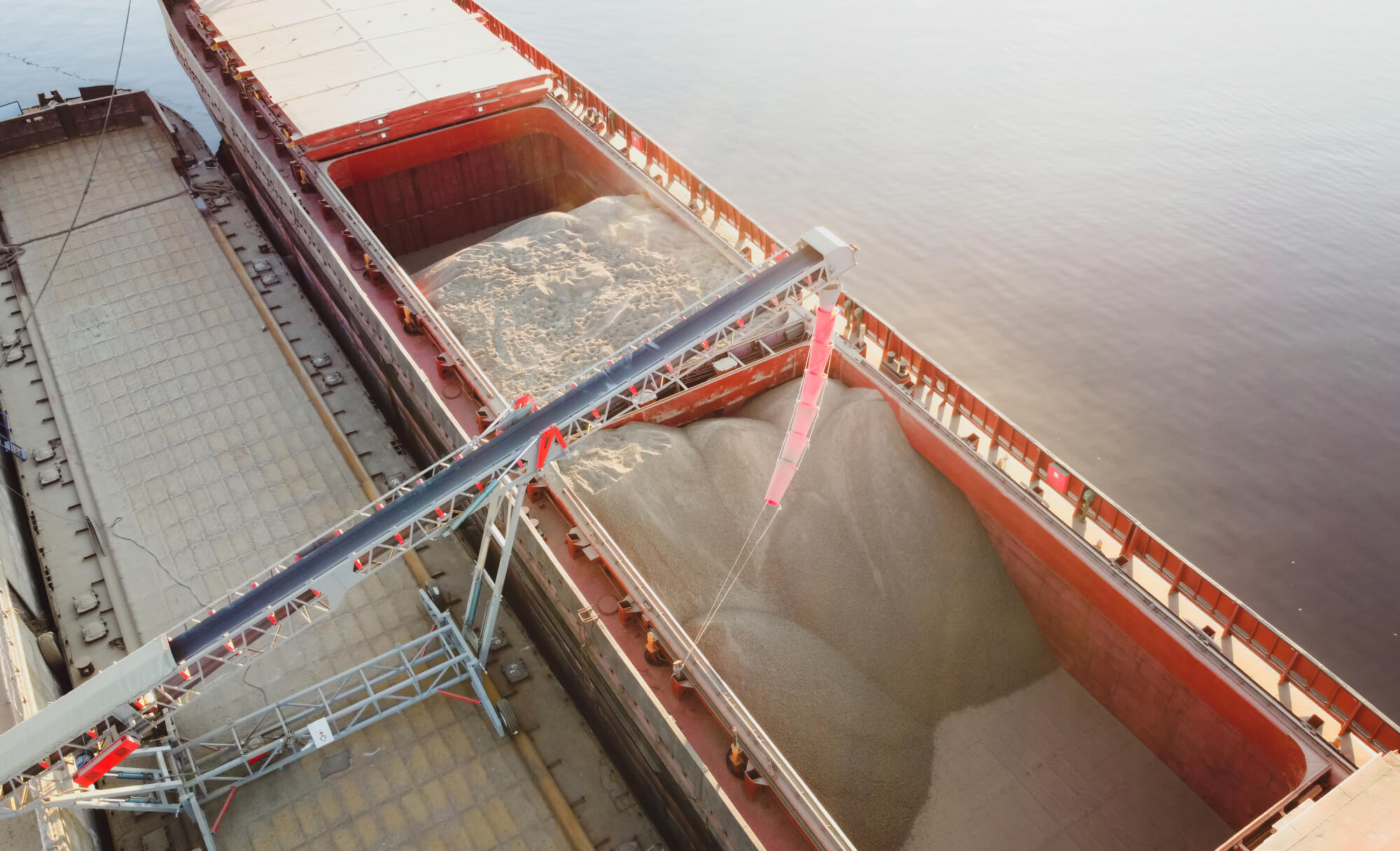
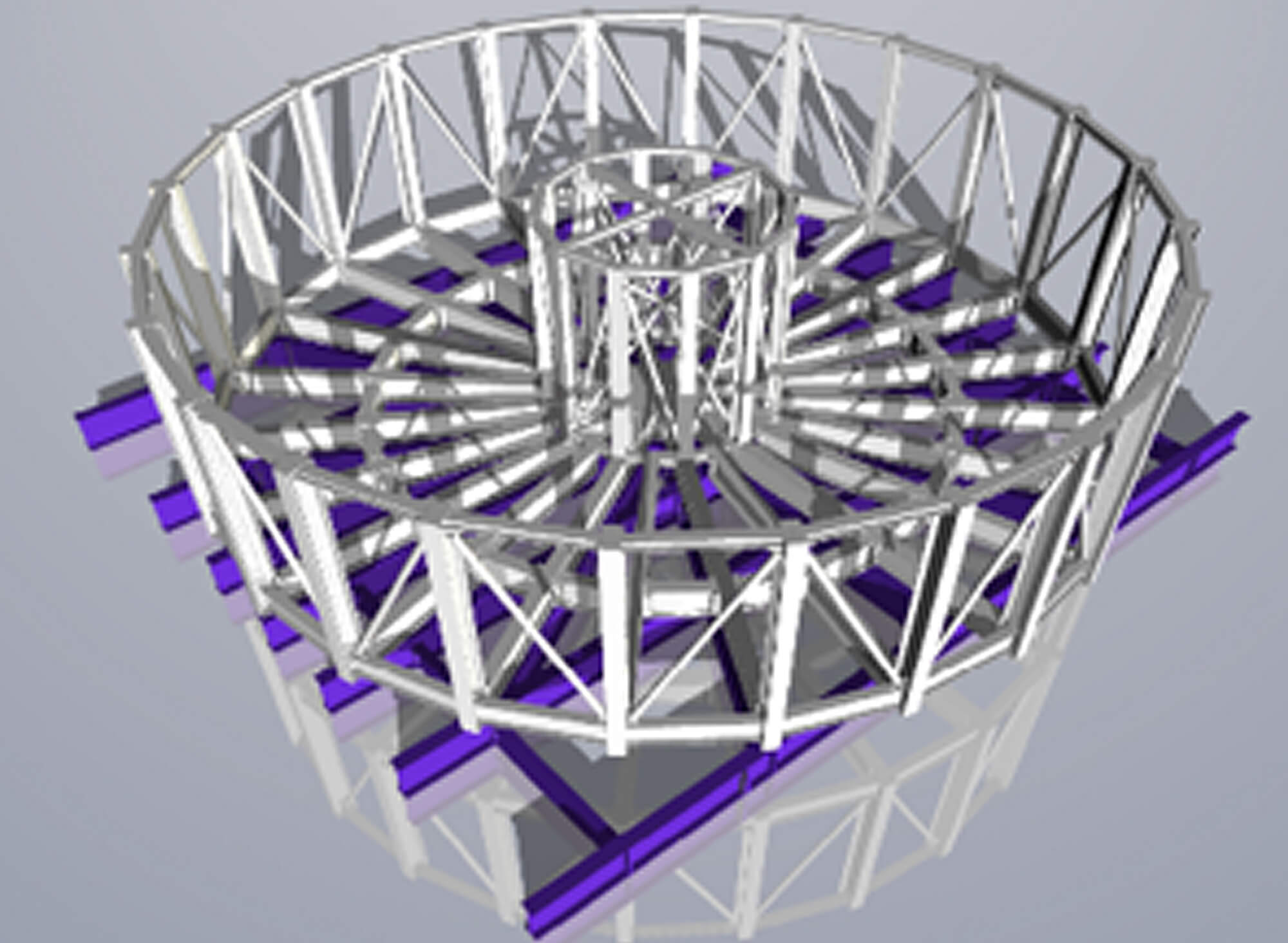
Structural Analysis – Local
Tadek members have performed a number of local analyses of ship’s structures for structural integration of cranes, winches, mooring equipment, seafastenings and underdeck reinforcement. FEA analysis which combines static and dynamic loads is performed as well as hand calculations and class based rule calculations.
Structural Analysis – Global
Tadek’s engineering team have carried out the global structural assessment of ships and offshore structures from ISE (Initial Scantling Evaluation) to 3D FE models. Global hull structural analyses have been performed following direct methodologies (ABS Direct Loading Approach / DNVGL Computational Ship Analysis) and simplified methodologies (ABS Total Strength Assessment).
